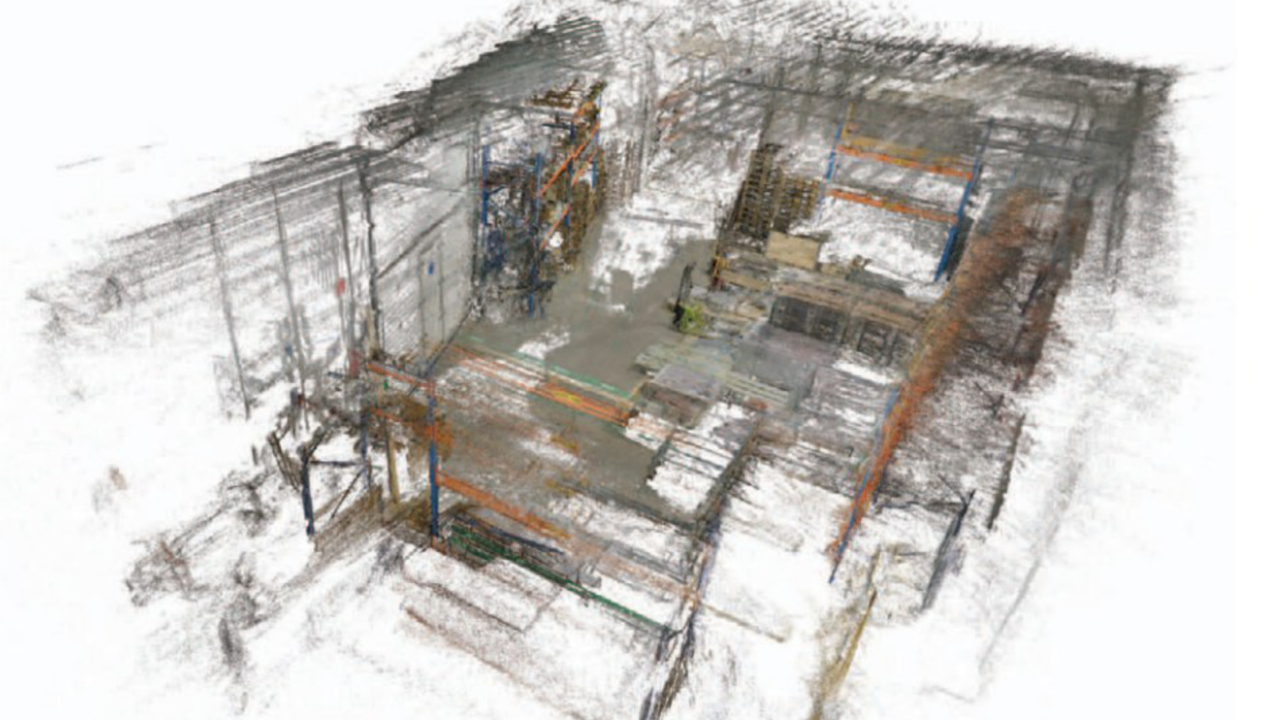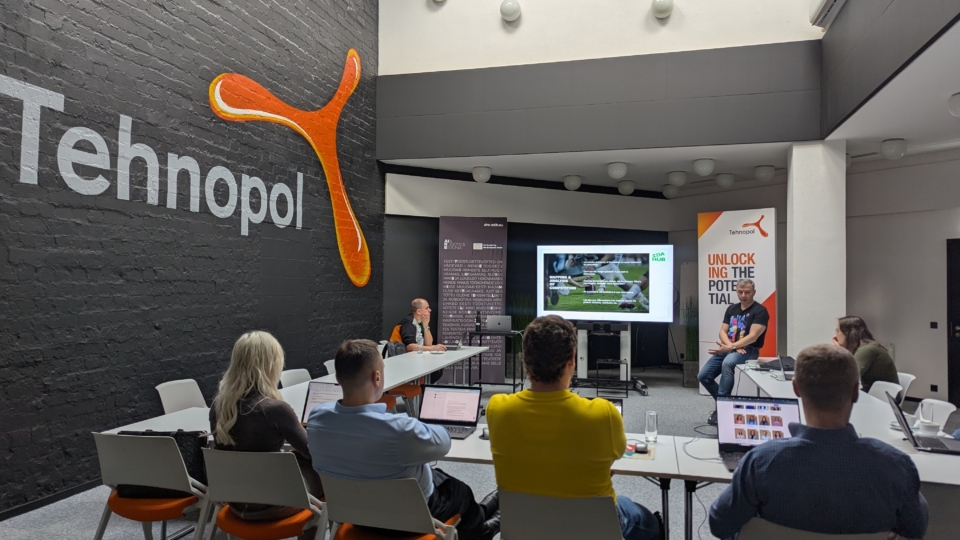AIRE helps industrial companies to robotize and become even smarter
Article was first published in Mente et Manu.
We all know someone who knows an Aire, of whom there are a total of 712 in Estonia according to the statistics office. While the majority of ladies with this name live in Võru, Saaremaa and Lääne County, there is also one AIRE with capital letters – artificial intelligence and robotics center – operating in Estonia.
The purpose of this AIRE is to help Estonian industrial companies to increase their competitiveness both at home in Maarjamaa and on foreign markets. AIRE connects researchers and experts from Estonian universities, state institutions and science parks, and although the center is only a few months old, it already has a lot to show.
For example, AS Valdek, which manufactures sheet metal products, found its way to AIRE thanks to Ivar Vipper’s master’s thesis on artificial vision solutions. Now TalTech Software Science Institute researchers Juhan Ernits, Gert Kanter and Vahur Kotkas have partnered with Valdek’s top specialists to create a smart warehouse demo project together. It is a tracking system that monitors the location of products and components in different stages of production in the company’s storage areas, which total nearly 500 m². The system uses existing security cameras that can monitor the movement of both forklifts and trolleys.
TalTech researchers are working on the automation of the map creation necessary for the system to work, as well as the improvement and adaptation of base movement detection algorithms to the company’s work. The ultimate goal of the demo project is to create a digital twin that can be used to figure out how and where humans and robots should work without moving complex and heavy equipment. It is especially relevant when it is necessary to reorganize production. According to IT researcher Juhan Ernitsa, there are quite a few companies of this type in Estonia, and this is the main answer to why a smart warehouse system is important. “Valdeku and TalTech’s experience can also be used by other Estonian companies to operate better in their warehouses,” emphasizes Ernits.
Another demo project is the autonomy of robot movement. The goal of the applied research led by University of Tartu researcher Karl Kruusamäe is to get the robot to move in a way that would be safe for both the human and the machine with artificial intelligence in a dynamic environment. For example, in warehouses, shopping centers, offices. The robot knows how to reach the destination, how to take into account people and other robots that happen to be on the way. The task of machines can be both transport and, for example, work as a guide. Karl Kruusamäe envisions the possible roles of the robot using the example of a hospital: the time of the hospital staff can be saved so that the nurse does not have to leave the patient to get quick test results, but the robot is used to transport the sample. Or the machine helps a hospital visitor find his way to the parking lot.
IMECC OÜ founder and TalTech professor Jüri Riives emphasizes that robotization is not a thing in itself, but a practical activity that should bring benefits to the company. “At AIRE trainings, we look at robotics in four aspects. First: Why does a company need to robotize? Second: is robotization practical for the company? Thirdly: how and with what to robotize, i.e. what should this robot and everything else belonging to it be? And fourth: what does this solution mean for the company, what do we measure and what should it provide,” Riives lists.
According to Anni Pea, representative of K.Met AS, who participated in the training, the robotization of work in their company helps to improve production processes and plan product development. “In connection with the expansion of production and the move to a new production building, I am particularly investing in the new information and knowledge obtained from AIRE in order to make the right choice for us to acquire new collaboration and welding robots and to be involved in the production of products,” says Pea. In addition to trainings, AIRE clubs help entrepreneurs find opportunities to use artificial intelligence and robotics, where they can exchange experiences, ideas and dreams in the company of like-minded people. In Tallinn, it is taking place at the beginning of December, in Tartu the club has already gathered once, and it was attended by researchers, students, representatives of science parks and city government, and entrepreneurs from sectors such as robotics and IT, metals and mechanics, wood, food industry, banking.
All of them were encouraged by Sven Illing, TalTech’s entrepreneurship vice-rector, and definitely recommended to continue communicating with each other, citing Silicon Valley as an example, where success stories are born thanks to contacts, conversations and networking. “One important ambition of AIRE is to help industrial companies and, as their supporters, universities and IT companies to the right doors to find additional sources of funding. Good ideas don’t go behind money, but it’s not always easy to bring the parties together,” emphasized Illing.
AIRE’s strength lies in its versatility: practical trainings and demo projects as well as informal meetings and clubs help to make rational digitization decisions and support the company on its development path. It is a community of researchers, experts, top professionals and entrepreneurs that creates new knowledge and experience and is ready to share it with those who are considering joining AIRE.
The leader of AIRE is Tallinn University of Technology, the partners are the University of Tartu, Estonian University of Life Sciences, Tehnopol science and business campus, Tartu Science Park and the Technology Development Center for Innovative Mechanical Engineering Production Systems (IMECC). The preparation of the center is supported by almost half a million euros by the Ministry of Economic Affairs and Communications with EUR 1 million and the activities are carried out jointly by Estonian universities and science parks. Cooperation partners are professional associations, clusters, chambers of commerce, banks, telecom companies, developers of robot systems, importers of robots.





